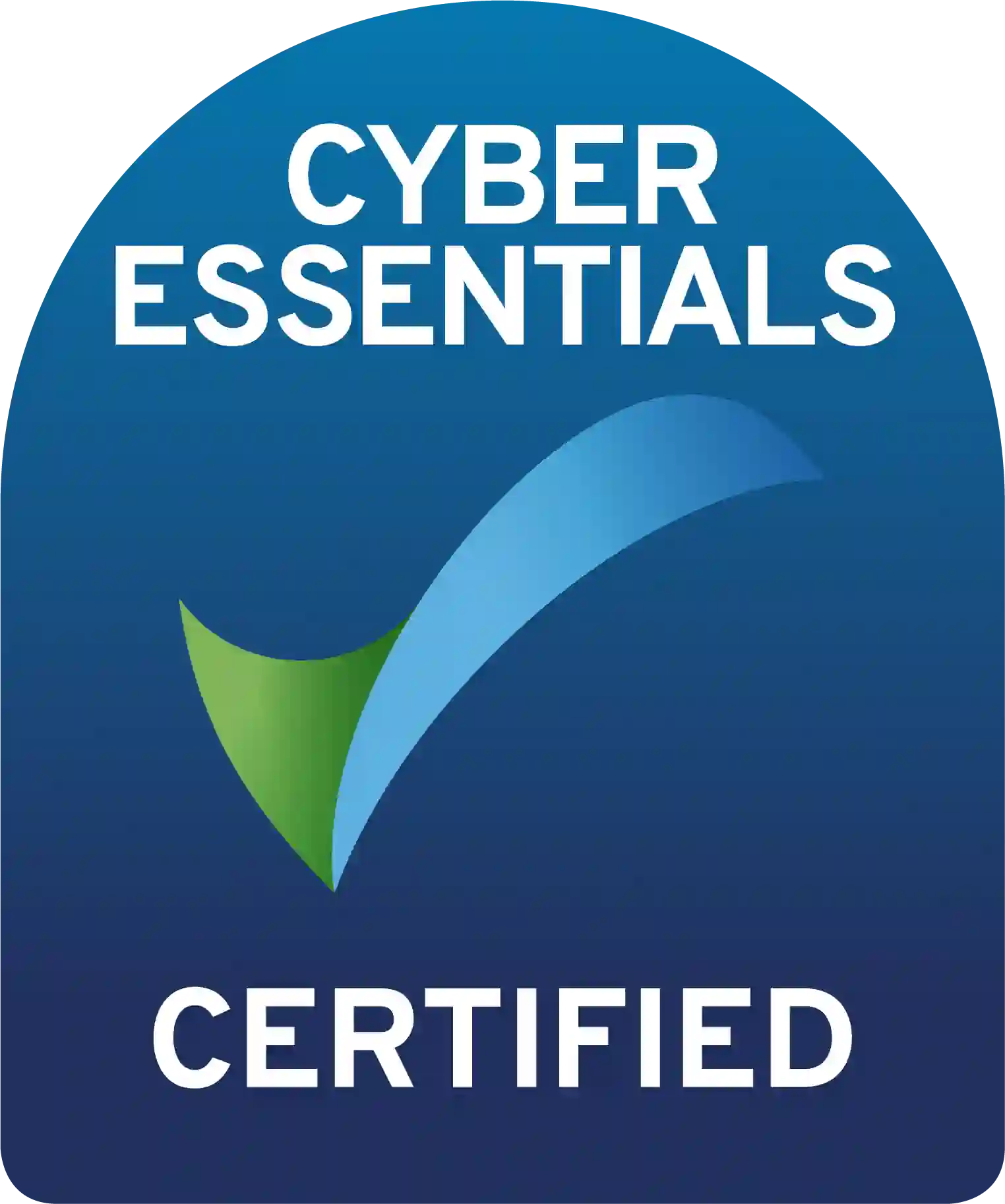Certificate print fraud still happening around the world

Although there is increased awareness about so-called diploma mills, many employers are still getting fooled by fake certificates. Certificate print fraud doesn’t seem like it will be going anywhere soon, so the best we can do is educate ourselves about how to spot fraudulent documents and how best to check a potential employee’s credentials.
The Higher Education Degree Datacheck (HEDD) is the UK’s official system for candidate verification and university authentication. It is leading the way in the government’s movement to combat fake universities and sham degrees. In 2016 it closed down around 40 fraudulent websites, breaking its annual record.
Many institutions, organisations, and businesses do indeed seem to be wising up to these counterfeit certificates. There has been much talk about digitalising the verification system which would replace the need for an applicant to provide printed proof of a qualification. This would reduce the risk of employers being duped by certificate print fraud.
In the meantime, there are steps employers can take to spot a fake degree.
Always check the spelling
Fake universities often try to get away with their crime by printing a name that’s similar but not quite correct to a real institution. Always check the spelling on the certificate carefully, even a minor typo indicates it’s most likely a fake.
Feel the paper
Paper quality is a good indication of whether or not a certificate is genuine. Real universities use high quality, thick paper as they understand their students will keep the certificates for a long time so need something sturdy!
Lack of stamps or seals
Real degree certificates come with official seals or stamps. These could be embossed, stamped, or raised seals.
Fonts and alignment
Genuine certificates tend to be aligned down the centre of the page. If the alignment is slightly off it’s a good sign that you’re looking at a fake. Fonts tell a story too — if there is a variety of fonts this is a mark of poor design so likely a fraud.
Scanned signatures
If a signature looks pixelated as though it has been changed from its original sign then this could reveal the certificate is not genuine.
Do you want to hear more about how to spot a fake certificate? Or perhaps you want to talk about how you can design certificates that prevent fraud and protect your organisation or business?
A member of our expert print team can talk you through the security solutions we can offer for our certificate print service, as well as providing a fraud consultation.
Simply fill in our online enquiry form and someone will be in touch to arrange a complimentary consultation.
















